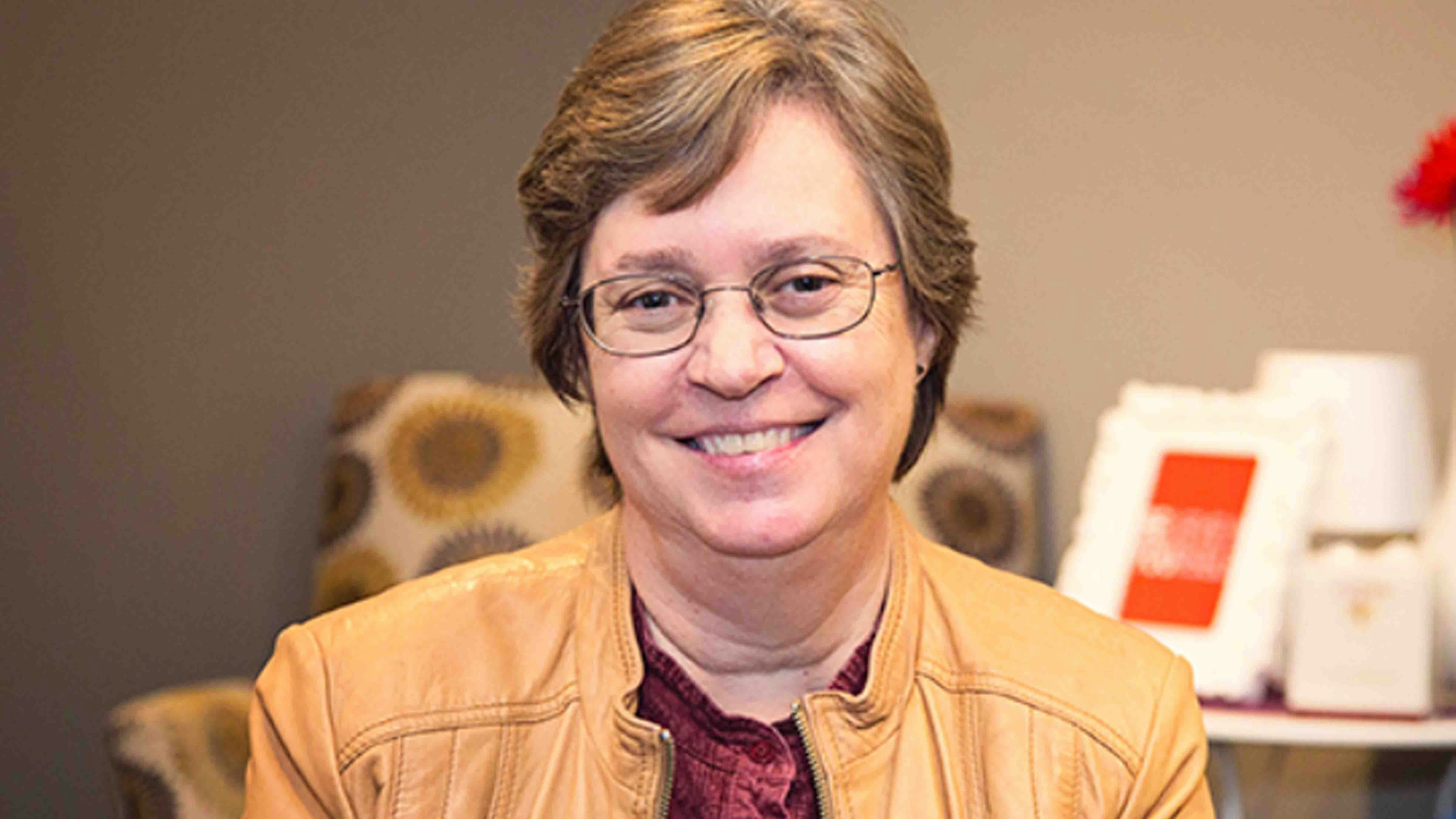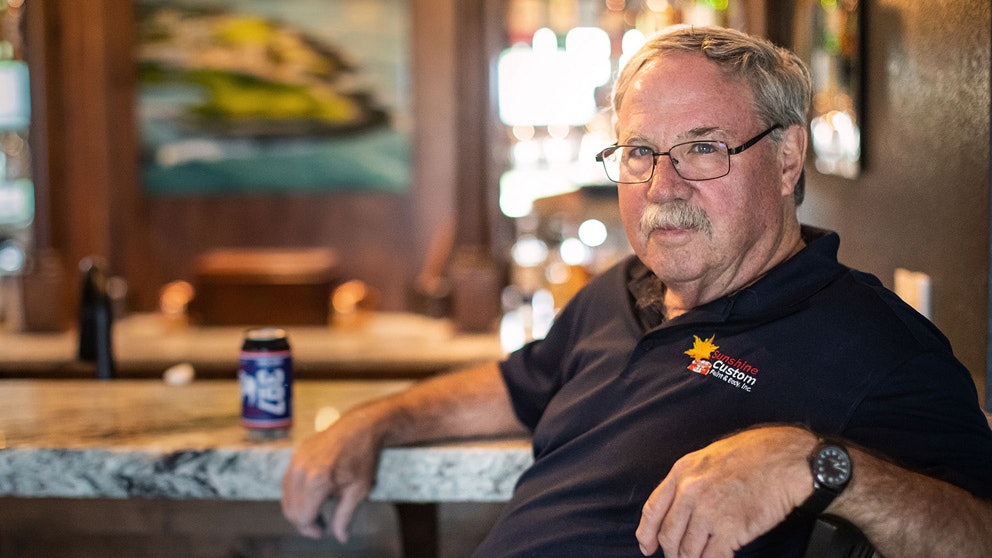Andrew Carnegie once said, “A library outranks any other one thing a community can do to benefit its people. It is a never failing spring in the desert.” And he put his money where his mouth was.
Carnegie came to the United States as a poor kid from Scotland. But by the 1880s he had built a fortune in steel. He gave $360 million away to build 1,689 public libraries across America.
Carnegie's library mission started in Allegheny City, Pennsylvania, where he had a job filling bobbins with thread and oiling them for use in a textile mill. He wanted to have a better life, and knew education was the key. But he couldn’t afford the $2 subscription to the local library, so he could read and learn.
When he was turned down admission to the library, he wrote a letter that was published in The Pittsburgh Dispatch. That was enough to get the library administrator to change his position. Soon the library was opened to working men as well as apprentices.
Carnegie used the library, educated himself, and move from filling and oiling bobbins to telegraphs, then railroads, and finally to iron and steel. He founded Carnegie Steel, which he sold in 1901 to J. P. Morgan for nearly half a billion dollars.
The company became U.S. Steel and Carnegie had a new mission: giving his money away to build libraries.
One great example of his vision and community support can be seen at the library he built in Buffalo, which is now the home of the Jim Gatchell Memorial Museum.
Other Carnegie Libraries in Wyoming were constructed in Cheyenne, Laramie, Wheatland, Lusk, Newcastle, Douglas, Casper, Rock Springs, Green River, Evanston, Lander, Thermopolis, Basin, Cody, and Sheridan.
Enter The Cowboy
Wyoming has another man who was inspired by reading. While he never amassed the kind of fortune Andrew Carnegie did, George Amos was equally generous and supportive of a public library.
Born January 1st, 1856, in Milwaukee, Amos made his way west and become the foreman of one of the largest ranches in Wyoming history.
Amos, who started riding for the Keeline Ranch in 1884, quickly attained the position as the foreman. The Northeast Wyoming country was still open range, which required a lot of riding.
Amos and the cowboys who worked for him had to cover many miles in between camps. One main summer camp was near Hoe Springs south of Gillette and a main winter camp was out west of Gillette near Fortification Creek/ Dead Horse Creek.
With Keeline headquarters at the old 4J Ranch from 1893 until 1910, George Amos led the cowboys in cleaning out springs in Campbell County and built its first reservoir by damming Bone Pile Creek. The dam was with made with horse drawn scrapers.
By 1906, the Keeline brothers were running 33,000 sheep and 30,000 head of cattle on the open range. It took two roundup wagons with up to 70 cowboys all summer and fall to brand and ship. They shipped two complete trainloads of livestock every two weeks.
By 1908, the Keeline family bought the oldest residence in present-day Campbell County. There, they built the Flying Circle Ranch, covering more than 250 square miles in three counties. This was in addition to their other ranch holdings.
George Amos oversaw the entire operation that soon had some 55,000 head of cattle, several hundred saddle horses, and three roundup wagons with 30 men each. It was a massive ranching operation and spanned the last of the open range era in Wyoming.
In 1919, the final roundup was held on the by then diminishing open range. The Keelines sent 55 men and 550 head of horses out with two wagons, and reps from 43 ranches rode with them. From Lusk, the wagons gathered west to Crazy Woman Creek and east to Edgemont, South Dakota.
A bachelor, Amos was cowpuncher and range boss by day, and a voracious reader at night. In addition to a love for books, he subscribed to as many as 20 magazines and many daily newspapers.
The Carnegie name is recognized across the country for Andrew’s connection to the library network he funded. But in Campbell County, Wyoming, an old cowboy, George Amos, who was inducted into the Wyoming Cowboy Hall of Fame in 2024, left his own legacy to the community.
When Amos died in December 1929, he left his estate to the Campbell County Library Board – and the funds were used to build the George Amos Memorial Library. The library was completed in 1949 and remained in use through June 1993.
The original building was enlarged in 1971, to include the Pioneer Room, which housed a selection of rare books and books from George Amos’ personal library.
Candy Moulton can be reached at Candy.L.Moulton@gmail.com





